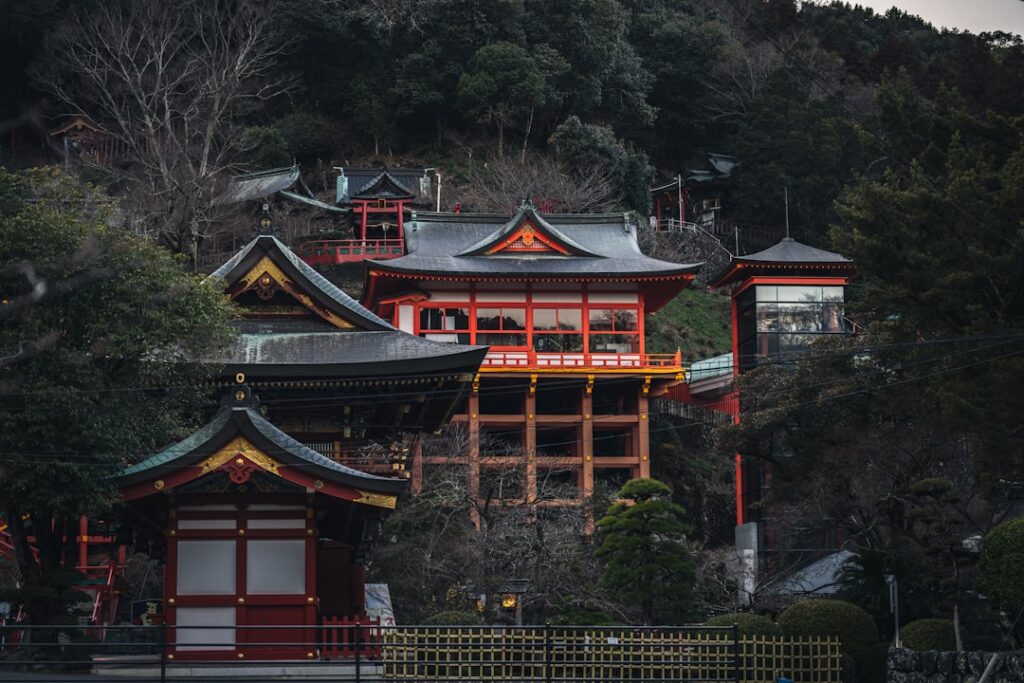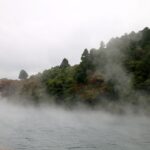Deep within the heart of Japan, far from the bustling cities and iconic tourist spots, lies a realm of tranquil temples, ancient forests, and heartfelt traditions. This is the Japan cherished by locals—a Japan of introspection, nature, and mindful experiences. In this article, we invite you on a journey to hidden Zen retreats and mystical forest baths, where the pace of life slows, and true Japanese hospitality is found in every encounter. Let us venture together into these secret havens, revealing unique practices and lesser-known destinations that will inspire you to reconnect with yourself and the land.
Invitation to Hidden Japan: Why Mindful Escapes Matter Today
As our modern lives grow increasingly fast-paced and digital, a longing for authentic, mindful experiences has taken root among travelers worldwide. Japan, with its ancient culture of serenity and nature worship, offers a sanctuary—especially in its lesser-known regions. Here, hidden Zen retreats and luscious forests provide a unique space for physical and mental renewal. These experiences are not just about sightseeing; they are about slowing down, connecting deeply with nature, and rediscovering yourself through the quiet magic of Japanese spirituality.
From profound meditation sessions in secluded temples to slow walks through untouched cedar forests, mindful escapes are gaining popularity across Japan. Many locals and travelers alike are seeking these restorative adventures, as a way to counter stress and embrace a more conscious way of living.
Mystical Zen Temples and Monastic Immersions: From Takao to Kumano Kodo
Venture beyond Kyoto’s famous temples, and you’ll uncover secret sanctuaries tucked away in the mountains. Mount Takao, just west of Tokyo, is renowned among locals for its ancient temples offering authentic Zen experiences. Here, visitors can participate in zazen (seated meditation), try their hand at shakyo (sutra copying), or even stay overnight in temple lodgings (shukubo), waking up to the sounds of nature and monks’ morning chants.
Further south, along the mystical Kumano Kodo pilgrimage routes, hidden temples dot the heavily forested trails. These sacred places are not only spiritual waypoints but gateways to the soul of rural Japan, where traditional shojin ryori (Buddhist vegetarian cuisine) is lovingly prepared with mountain herbs and spring water. Join a morning meditation with local priests, share stories over simple, seasonal meals, and find a meditative rhythm that stays with you long after you leave.
Shinrin-yoku: The Latest Forest Bathing Spots for Deep Rejuvenation
“Shinrin-yoku,” or forest bathing, is a Japanese practice of immersing oneself in the tranquil beauty of the woods. Scientific studies now confirm what ancient wisdom always knew: spending time in untouched nature reduces stress, boosts immunity, and awakens a sense of peace.
For those seeking the profound quiet of old-growth forests, the Kumano Kodo trails offer secluded paths where sunlight dances through canopies of ancient trees, moss carpets soften your steps, and the air is thick with the scent of cedar. Not far from the city, Mount Takao’s lush slopes provide breathtaking forest walks that feel worlds away from urban buzz. Guided Shinrin-yoku sessions—in English and Japanese—are now offered at select destinations, combining gentle hiking, deep breathing, sensory exercises, and tea ceremonies under the trees.
Whether you crave a solitary journey or wish to join a mindful small group, these forest experiences invite you to slow down, listen to birdsong, and renew your spirit.
Local Culture and Heartwarming Encounters: Hospitality Beyond the City
The magic of hidden Japan is found not only in its landscapes but also in its communities. Rural temples and mountain villages take immense pride in sharing their customs—offering travelers the chance to experience omotenashi, Japan’s spirit of heartfelt hospitality.
Participate in a traditional tea ceremony where every gesture has meaning, try your hand at crafting local pottery or bamboo goods, or engage in folk music sessions passed down through generations. These cultural immersions foster meaningful exchanges and create memories far richer than any souvenir.
In these quiet corners, conversations with villagers over seasonal sweets or homegrown green tea reveal the pulse of living tradition. Here, visitors are not mere tourists but valued guests, welcomed as part of the family.
Practical Guide: How to Embark on Your Hidden Zen Journey
Inspired to discover these secret sanctuaries for yourself? Here’s how to plan your journey into the heart of hidden Japan:
- Access: High-speed trains and local buses make Takao and the Kumano Kodo region surprisingly accessible, though some retreats require a short hike or shuttle transfer.
- Accommodation: Experience temple lodgings (shukubo) or local minshuku guesthouses. Advance booking is recommended, especially during autumn foliage season (late October to early November).
- Reservations: Many Zen retreats and forest experiences require reservations. Check official websites for language support—or seek help from regional tourist offices with English-speaking staff.
- Local Cuisine: Savor shojin ryori, handmade soba noodles, and regional delicacies at countryside restaurants. Dietary preferences (vegan, vegetarian) are increasingly accommodated with prior notice.
- Best Season: Autumn is magical, with vivid foliage and comfortable temperatures; spring offers cherry blossoms, while quieter winter visits showcase frosted landscapes and indoor warmth.
- Tips: Respect temple etiquette, pack layers for changing weather, and approach each encounter with openness—the more you give, the more this hidden Japan will reveal its wonders.
Embarking on this mindful journey, you’ll come away not only with stunning photographs but also with a renewed sense of self—and a deep, lasting connection to the spirit of Japan that dwells beyond the guidebooks.








